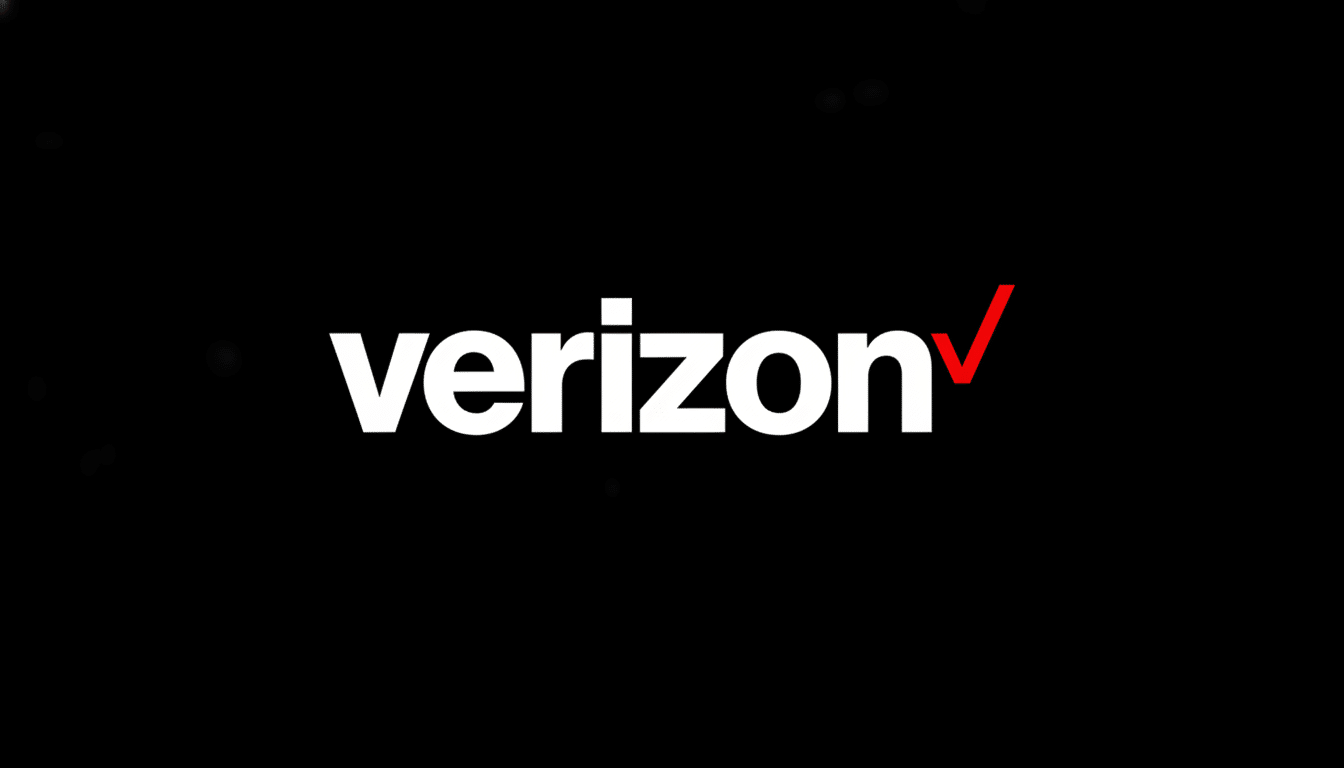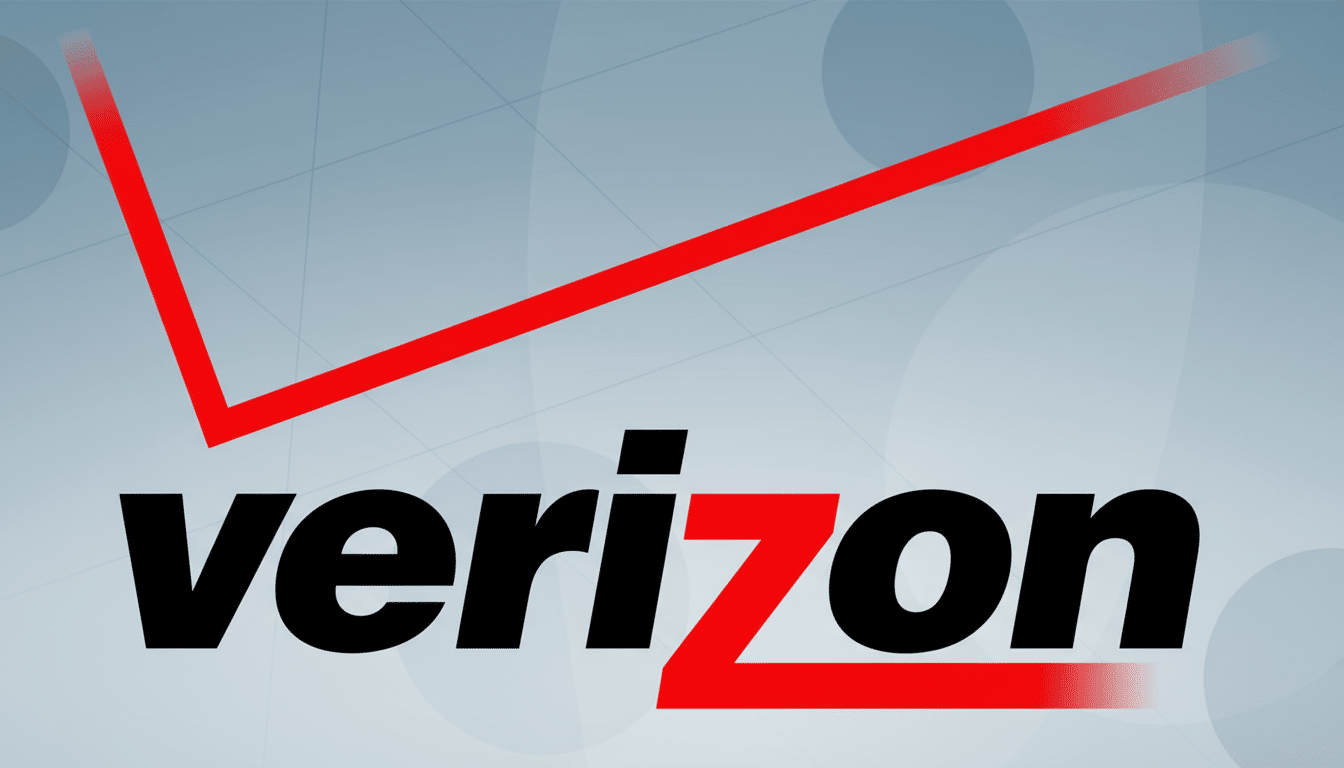Verizon has exchanged chief executive Hans Vestberg for Dan Schulman, the former PayPal boss and a lead independent director at the carrier, in an effort to reaccelerate subscriber growth and regain pricing power. The move gives the reins to a well-buttoned-up leader in digital payments and telecom who has signaled a shift toward customer experience and operational discipline after a period of choppy postpaid phone momentum.
Why Verizon Made the Leadership Change Now
Verizon’s main wireless business has come under strain as price increases and add‑on fees have met with intense competition from AT&T and T‑Mobile. Its most recent report for the second quarter included $34.5 billion in operating revenue, $5.1 billion in net income, and a loss of 51,000 retail postpaid phone subscribers — an improvement over the 109,000 lost during the same quarter in 2018 — nevertheless a warning light at a mature carrier that relies on stable and high‑margin phone lines.

Broadband has a happier tale to tell, in large part due to fixed wireless access (FWA). Verizon reported 293,000 total net broadband additions in the quarter, including 278,000 in FWA net adds, showing how 5G home internet is still stealing share from cable incumbents. But FWA simply isn’t enough to disguise weakness in the high‑value postpaid phone base, where churn and switcher activity are what dictate investor sentiment.
Vestberg will stay on as a special advisor during the transition, focused on concluding large strategic projects. His responsibilities, according to the company, encompass a reported multibillion‑dollar wireline deal with Frontier Communications that is in progress, keeping consistency in intricate deal completion when Schulman assumes daily control.
What Schulman Brings From PayPal and Telecom
Schulman was at the helm of PayPal from 2015 to 2023, a period that was marked by aggressive digital expansion and greater cost discipline as well as an unrelenting focus on driving product simplicity for mainstream consumers. That playbook — customer metrics first, scale automation, remove friction points — applies directly to a carrier grappling with plan complexity, fee fatigue and internal silos that make it hard to respond rapidly.
He is also no stranger to networks. Before PayPal, Schulman worked at American Express and Priceline in senior roles, and got his start in telecom at AT&T, Sprint Nextel, and Virgin Mobile. In previous interviews (including a widely circulated New York Times profile) he’s often stressed empathy and listening to the people on the frontlines, which might sit well with a customer base weary of being led on countless service wild goose chases.
In a companywide note on LinkedIn, Schulman promised to move with haste across mobility and broadband, win back share in all segments and refocus the company on delighting customers. The message suggests a shift from squeezing average revenue per account to rebuilding trust, clarity and value.

The Playbook for Growth Under Dan Schulman at Verizon
First, staunch the bleeding in postpaid phones. Some analysts from firms like Recon Analytics say the company simply put too much focus on wringing more dollars out of a shrinking base. The fix in the near term is simple, if not easy: simplify plans, trim nuisance fees and win switchers without killing margins. And then there’s Verizon’s “Customer Champion” service model — announced this summer by consumer chief Sowmyanarayan Sampath — which seeks to assign one responsible point of contact per issue, a small but tangible signpost in the direction of more accommodating help.
Second, push network advantages where they matter. Third-party testers such as RootMetrics, Opensignal and Ookla have repeatedly recognized superior reliability and widening mid‑band 5G coverage, as Verizon deploys more C‑band in those reports. Speed leadership can flip quarter to quarter in this three‑horse race, but it’s the reliability and availability attributes that minimize churn over time. Look for Schulman to more tightly link marketing claims with results that customers can feel — fewer dropped calls, better indoor coverage and faster home installs.
Third, scale broadband without overinvesting capital. FWA is still a shining light, however, because it monetizes spectrum rapidly and goes after pain points that cable has repeatedly failed to solve — murky pricing and lousy service. T‑Mobile is also fighting hard here, though, so differentiation will boil down to install experience, latency and bundled value. However, targeted fiber infills in high bandwidth demand markets could supplement FWA where economics allow.
Investor and Customer Signals to Watch This Year
Key performance indicators over the next few quarters will offer a better read: retail postpaid phone net adds, churn, average revenue per account and 5G Home net additions. Look for more transparent pricing, fewer line‑item add‑ons and results that let you measure improvements in first‑contact resolution within care channels. Any recalibration of promotions to favor lifetime value over one‑off deal spikes would be a sign that change is sustainable.
The broader takeaway is that Verizon is hoping that a seasoned operator with roots in fintech and telecom can reset the balance between monetization and growth. If Schulman can translate a stronger network and cleaner customer journey into consistent net adds — all while maintaining the FWA engine’s hum — his business will have a plausible road back to leadership in the only places it matters: share, satisfaction and cash flow.

